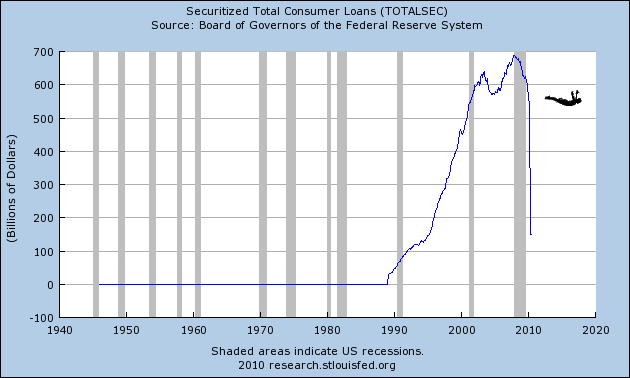Fed buying billions in securitized home loans
Post on: 10 Июнь, 2015 No Comment

Highlights
- Mortgage rates plunged after the Federal Reserve announcement.
- Mortgage brokers anticipate increase in refinancing opportunities.
- More consumers likely to be able to get home loans.
Mortgage rates plunged after the Federal Reserve announced that it would buy up to $500 billion of securitized home loans.
Rates on 30-year, fixed-rate, conforming mortgages fell well below 6 percent after the Fed announced Tuesday morning that it would buy up to a half-trillion dollars’ worth of mortgage-backed securities over the next year to year-and-a-half. Bankers and brokers say rates fell as far as 5.25 percent, at least for a while. Last week, the 30-year fixed averaged 6.33 percent in Bankrate’s weekly survey .
The rate reduction is exactly what the Fed intended: This action is being taken to reduce the cost and increase the availability of credit for the purchase of houses, which in turn should support housing markets and foster improved conditions in financial markets more generally, the central bank said in its announcement.
It’s pandemonium around here right now, says Bob Walters, chief economist for Quicken Loans. This is going to have a major effect on refinancing opportunities and it should absolutely translate into increased home buying.
Walters offers a hypothetical example of a California house that has lost $175,000 in value over the last couple of years. In 2006, a borrower would need a $500,000 mortgage to buy the house; today, a borrower would need $325,000.

Two years ago, the average rate on a 30-year fixed was about 6.5 percent. At that rate, the principal and interest on a half-million-dollar loan was $3,160 a month. Now, if someone borrowed $325,000 at 5.5 percent, the monthly principal and interest would be a more affordable $1,845.
The Fed’s action helps not only buyers, but also homeowners with adjustable-rate mortgages who want to refinance into fixed-rate loans.
Government gift
The mortgage and real estate industries look upon the announcement as a gift from Fed Chairman Ben Bernanke and Treasury Secretary Henry Paulson.
Wow, says Jim Sahnger, mortgage broker with Palm Beach Financial Network, in Stuart, Fla. I don’t know who invited Bernanke and Paulson to Thanksgiving, but I’m glad they did! They showed up with the equivalent of a 50-pound bird and all the fixin’s today, ready for the table.
He suggests that borrowers apply for loans and lock rates quickly, in case rates rise again or home values continue to fall. Declining home values can endanger owners’ ability to refinance. Sahnger advises homebuyers to talk to mortgage brokers or loan officers early in the process, to identify any issues you need to deal with prior to writing a contract, such as errors on credit reports.
Ryan Kennelly, a mortgage banker for Residential Mortgage Services, Inc. of Bedford, N.H. says the Fed’s action is huge, for two reasons. First, with lending institutions getting the much-needed support of the U.S. government, they (lenders) will ease some of their most restrictive lending rules — opening the door to more consumers to get loans, he says, adding that more qualified borrowers means more home sales.
advertisement
Second, Kennelly says, this news also couldn’t be better for current homeowners who want to stay in their homes but can no longer afford the payments due to their adjustable-rate mortgage increasing. By interest rates coming down, combined with lenders easing some of their qualification requirements, more and more homeowners in this situation will be able to refinance.
Dan Green, a mortgage broker for Mobium Mortgage in Cincinnati, calls the Fed’s purchase plan an explicit safety net for lenders, and that should encourage more lending.














